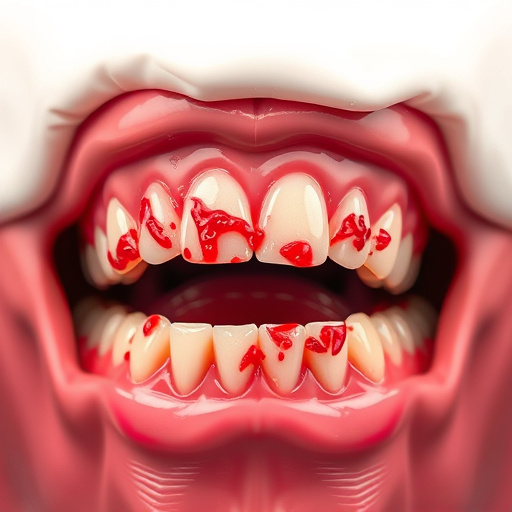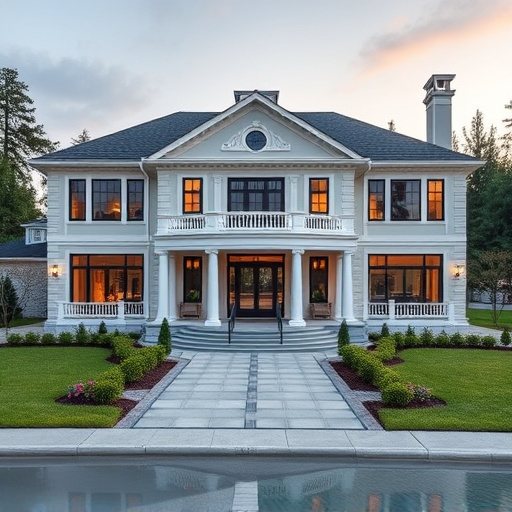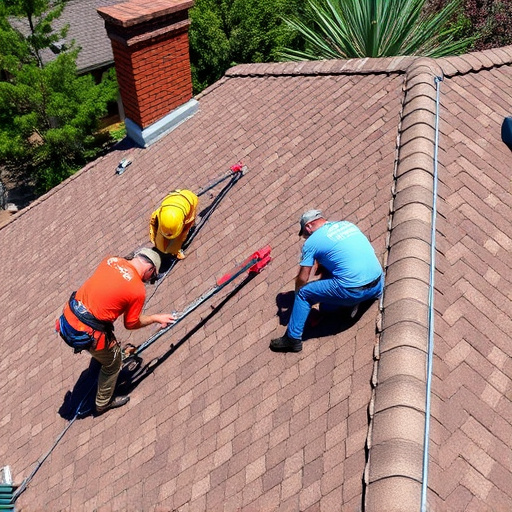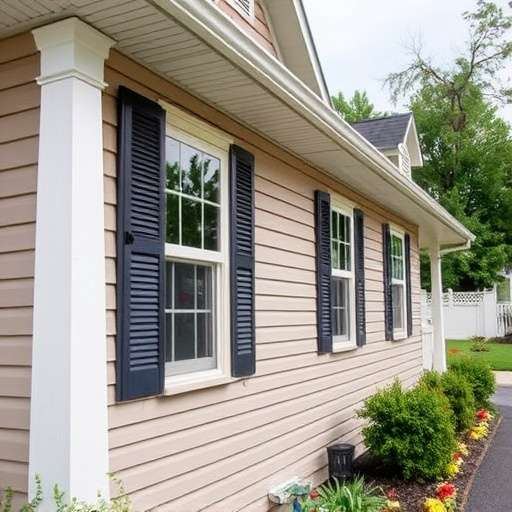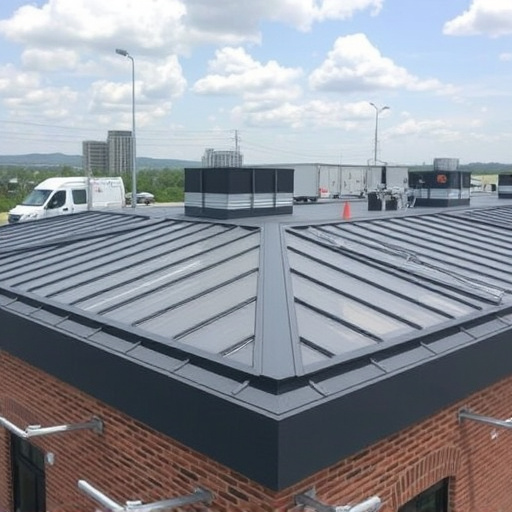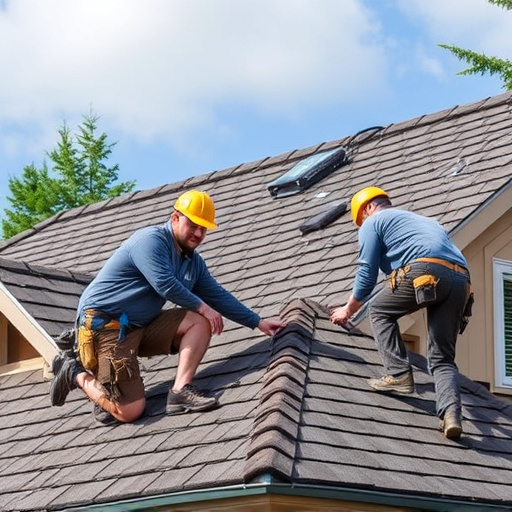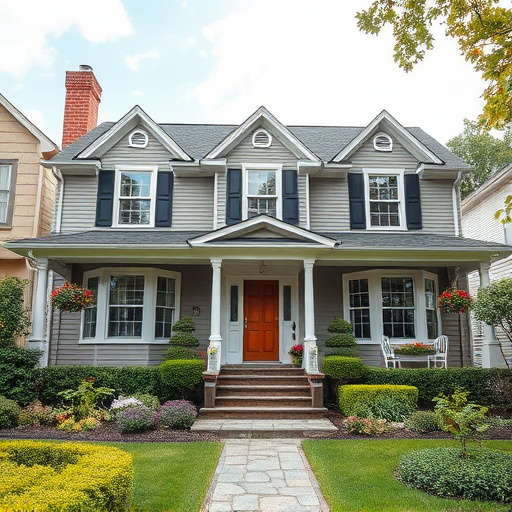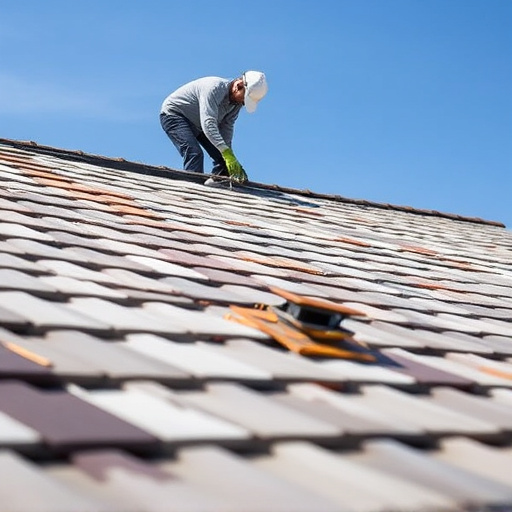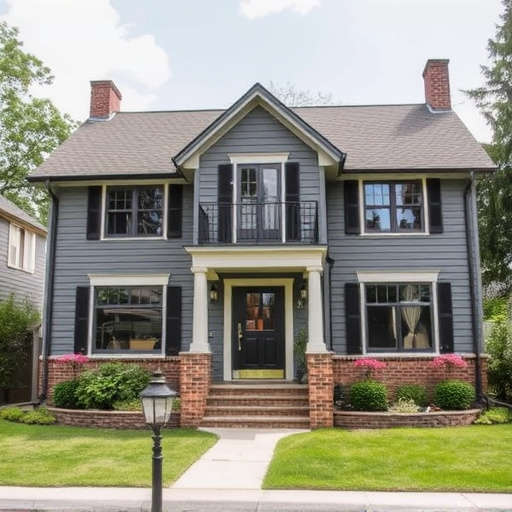Roofing solutions focus on indoor comfort and energy efficiency through advanced insulation, soundproof membranes, and heat-retentive materials. Integrating smart technology, effective siding, and gutters completes the system. Modern solutions offer improved environmental considerations, noise reduction, and heat retention compared to traditional roofing, providing homeowners with tailored options like reflective shingles and green roofs for enhanced structural integrity and energy efficiency.
Roofing solutions that double as effective noise reducers and heat insulators are increasingly important in modern construction. This article delves into the intricate world of roof design, exploring how noise and heat transfer occur through roofs and highlighting innovative materials that mitigate these issues. We also provide practical strategies for optimal soundproofing and cooling, ensuring both comfort and peace within structures, making roofing solutions a game-changer in urban living.
- Understanding Noise and Heat Transfer in Roofs
- Innovative Roofing Materials for Better Insulation
- Effective Strategies for Optimal Soundproofing and Cooling
Understanding Noise and Heat Transfer in Roofs
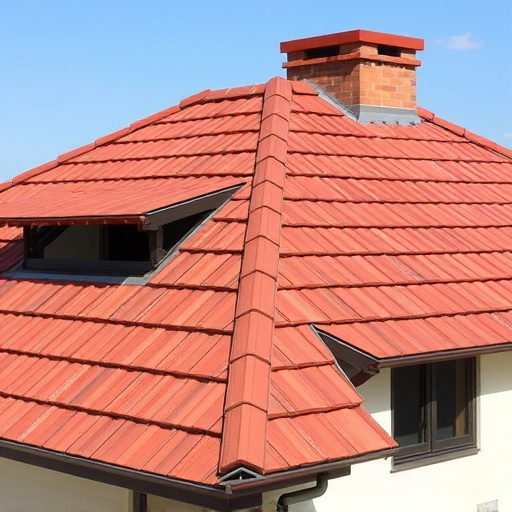
Noise and heat transfer through roofs are complex phenomena influenced by various factors. Roofing solutions designed for noise reduction focus on minimizing sound transmission from exterior environments into indoor spaces, enhancing comfort and quality of life for occupants. Heat transfer is equally important; efficient roofing materials can significantly reduce energy loss or gain, contributing to better insulation and temperature regulation within buildings.
Understanding these transfers requires delving into the science behind it. Sound waves can travel through gaps in the roof structure, around joints, and even through specific materials. Similarly, heat flows via conduction, convection, and radiation—all of which are influenced by roofing materials’ properties like insulation value, reflective capabilities, and vapor permeability. By addressing these issues, roofing solutions such as advanced insulation, soundproof membranes, and energy-efficient materials aim to create a more comfortable, quieter, and energy-stable interior environment. Additionally, integrating effective siding and gutters alongside these innovations can further optimize performance by sealing the roof’s perimeter and managing moisture flow, thereby completing a comprehensive approach to noise and heat reduction in roofing.
Innovative Roofing Materials for Better Insulation
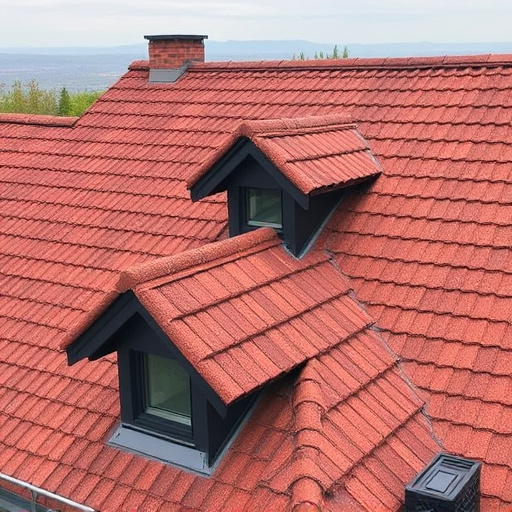
In today’s world, where environmental considerations and comfort are at the forefront of home improvement, innovative roofing solutions have emerged to offer enhanced insulation properties. Traditional roofing materials often fall short in terms of noise reduction and heat retention, leading to drafty homes and noisy environments. However, modern advancements in the industry have introduced cutting-edge options that address these issues effectively. One such innovation is the use of specialized foams and composite materials designed to create a robust barrier against external elements. These advanced roofing solutions not only provide superior insulation but also significantly reduce noise pollution, making them ideal for urban areas with bustling streets.
When considering roof replacement or storm damage repair, homeowners now have access to a wide range of options tailored for specific needs. From reflective shingles that dissipate heat to high-density insulative underlayments, these materials work in harmony to create an efficient, silent, and energy-saving environment. Furthermore, the integration of smart technology allows for real-time monitoring of roof health, ensuring early detection of potential issues. This not only enhances structural integrity but also contributes to overall comfort and peace of mind for homeowners.
Effective Strategies for Optimal Soundproofing and Cooling
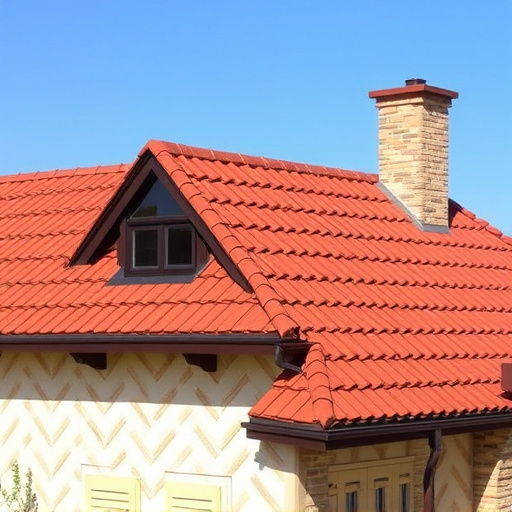
Roofing solutions designed for noise and heat reduction require a multi-faceted approach that combines advanced materials with strategic design elements. Effective strategies for optimal soundproofing involve integrating insulated roofing membranes, reflective surfaces, and air barriers to minimize sound transmission. Additionally, using specialized noise-dampening underlayments and proper flashing techniques can significantly reduce exterior noise levels.
For cooling, roofing services should focus on implementing cool roofs, which utilize reflective coatings and lightweight materials to reflect sunlight and absorb less heat. This is particularly beneficial for residential roofing, as it helps maintain lower indoor temperatures, thereby reducing the need for air conditioning. Incorporating green roofs or solar panels can further enhance both sound and thermal insulation, contributing to a more comfortable and energy-efficient living space while also providing excellent siding services.
Roofing solutions that prioritize noise and heat reduction are essential for creating comfortable and sustainable living spaces. By understanding how noise and heat transfer through roofs, we can innovate with advanced materials and strategies to significantly improve insulation. Through effective soundproofing and cooling techniques, homeowners can enjoy reduced ambient noise levels and more regulated indoor temperatures. Investing in these roofing solutions not only enhances the livability of properties but also contributes to energy efficiency and overall well-being.




